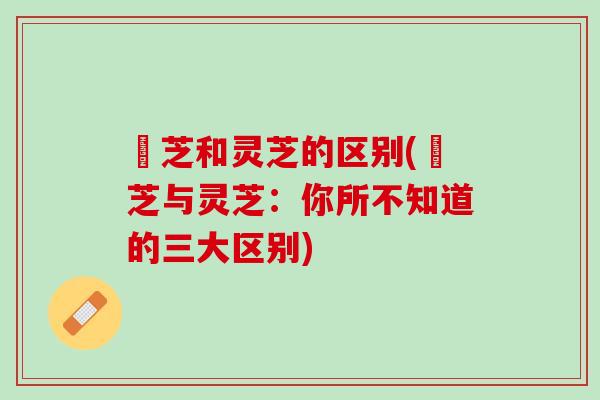Introduction
When it comes to health and wellness, mushrooms have become the talk of the town lately. Two popular types of mushrooms that have been gaining a lot of attention are Qing Qi and Lingzhi. While many use the terms interchangeably, the truth is that there are some key differences between the two that are worth exploring.
Origin and Appearance
Qing Qi (茾芝) is a type of hybrid mushroom that is a combination of two different species of mushrooms. It is commonly found in the mountains of China and Taiwan, growing on the roots of trees. Qing Qi has a distinctive appearance, with a long, thin stem and a thick, round cap that is dark brown or black in color.
Lingzhi (灵芝), on the other hand, is a well-known mushroom that has been used in traditional Chinese medicine for centuries. It is native to East Asia and is typically found growing on the trunks of deciduous trees. Lingzhi mushrooms have a unique, kidney-shaped cap that is shiny and varnished, with a red, yellow, or black color. They also have a slightly bitter taste.
Medicinal Properties
Both Qing Qi and Lingzhi have been used in traditional Chinese medicine to promote health and well-being. However, the two mushrooms have different medicinal properties.
Qing Qi is known for its ability to strengthen the immune system and improve circulation. It contains a high concentration of polysaccharides, which can help increase the number of white blood cells in the body. This makes it an effective therapy for those with weakened immune systems or chronic fatigue.
Lingzhi, on the other hand, has been shown to have a range of health benefits, including anti-inflammatory, antioxidant, and antitumor properties. It contains compounds called triterpenoids, which can help reduce inflammation in the body and boost the immune system. It is commonly prescribed for conditions such as asthma, hepatitis, and high blood pressure.
Culinary Uses
While both mushrooms are used in traditional Chinese medicine, they also have different culinary uses.
Qing Qi mushrooms are typically eaten fresh or dried, and are often used in soups, stews, and stir-fries. They have a slightly sweet and earthy flavor, and are rich in umami.
Lingzhi mushrooms, on the other hand, are not commonly used in cooking due to their bitter taste and tough texture. They are usually consumed in the form of extracts, capsules, or teas.

Conclusion
Overall, while Qing Qi and Lingzhi are both mushrooms that have been used in traditional Chinese medicine for centuries, they do have distinct differences in terms of their appearance, medicinal properties, and culinary uses. Understanding these differences can help individuals choose the right mushroom for their specific needs and goals. Whether it's to boost your immune system, reduce inflammation, or simply add a new flavor to your cooking, both Qing Qi and Lingzhi can be valuable additions to a healthy diet and lifestyle.
